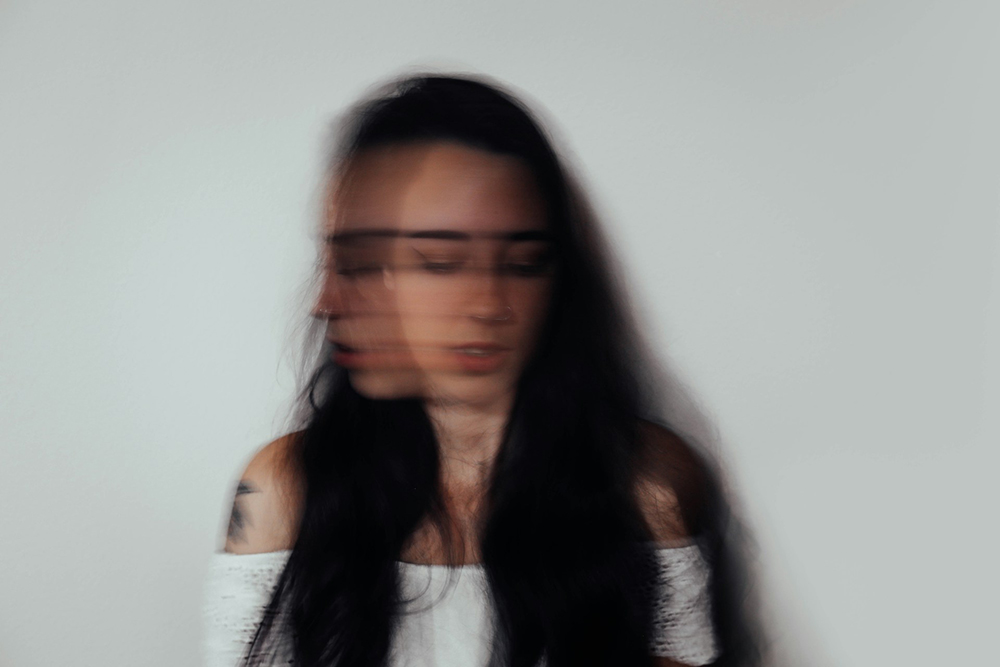If you have anxiety, you know how disruptive your symptoms can be. Irritability, sleep problems, muscle tension, trouble concentrating, and an ongoing feeling of being on edge can interfere with your daily responsibilities. Depending on the type of anxiety disorder you have, you may also struggle with intrusive thoughts, upsetting flashbacks, overwhelming self-consciousness, and panic and anxiety attacks. Though you may use these terms interchangeably, they aren’t synonymous.
What’s the Difference Between an Anxiety Attack and a Panic Attack?
Duration and severity are two factors that separate panic and anxiety attacks. For example, an anxiety attack may cause you to have elevated stress levels for several days, while panic attacks tend to come on abruptly and subside after a few intense minutes of terror.
Another way anxiety attacks tend to differ from panic attacks is that they usually have identifiable triggers, such as worries about an upcoming work presentation or social event. In contrast, panic attacks are unpredictable and can happen for no evident reason. You can even have one while you’re sleeping.
People living with anxiety disorders can experience panic and anxiety attacks simultaneously. Shared symptoms include:
- An elevated heart rate
- Chest or stomach pains
- Shaking
- Dizziness
- Hyperventilation
- Sweating
- Disorientation or detachment from reality
- Extreme fear, despite no immediate threats
What Triggers Anxiety Attacks?
Unlike panic attacks, which may occur unexpectedly, anxiety attacks result from specific stressors like these.
- Chronic stress: Prolonged stress from work, relationships, or financial difficulties can heighten anxiety and trigger an attack.
- Trauma or PTSD: Traumatic experiences can lead to anxiety attacks, especially in situations that remind you of what you went through.
- Social situations: People with social anxiety disorder may experience anxiety attacks when faced with public speaking or social gatherings.
- Health concerns: Worrying excessively about your health or medical conditions can trigger an anxiety attack.
- Caffeine and stimulants: High caffeine intake or stimulant use can exacerbate your anxiety symptoms and increase the likelihood of an attack.
How to Manage Panic and Anxiety Attacks
Because panic attacks can come on out of the blue and with no obvious triggers, you may change your routine to avoid the possibility of having one in a public place. Many people who have agoraphobia, or a fear of being in crowded places, develop this potentially debilitating condition after having one or more panic attacks.
However, if your anxiety feels overwhelming, remember you are not powerless against it. Here are some techniques to manage and reduce the frequency of anxiety attacks.
- Controlled breathing: Deep, slow breathing exercises can combat the shortness of breath that often accompanies panic and anxiety attacks.
- Grounding techniques: Redirect your focus to physical sensations – like touching an object or counting backward – to bring your attention back to the present moment.
- Regular exercise: Engaging in physical activity releases endorphins, which mitigate anxiety levels over time.
- Mindfulness and meditation: Practicing mindfulness and meditation can reduce the impact of anxious thoughts and increase your emotional resilience.
- Professional counseling: A therapist can offer valuable advice for coping with your anxiety.
Find Relief at Foundation Stone Wellness
At Foundation Stone Wellness, we understand how overwhelming anxiety can be. Our retreat is a place where you can step away from life’s stressors and focus fully on healing. Through personalized attention, evidence-based treatments, and therapeutic support, we provide the tools you need to regain control over your mental health. Reach out today to find freedom from anxiety and panic disorder.


